Royal Navy warships and helicopters tracked five Russian vessels in and around UK waters over the first week of July, as part of a surge in maritime monitoring operations designed to safeguard national security and uphold NATO commitments, according to Navy News.
Frigate HMS Iron Duke, patrol ship HMS Tyne and Wildcat helicopters from 815 Naval Air Squadron were activated three times between 1 and 8 July to monitor the passage of Russian naval and auxiliary ships through the North Sea and English Channel. The ships involved included two Steregushchiy-class corvettes, a Smolnyy-class training ship, a tanker (General Skobelev), and the bulk carrier MV Sparta.
The operations, part of the UK government’s Plan for Change, were conducted in close coordination with NATO allies. The Royal Navy stated the deployments highlight its ability to provide a persistent maritime presence in UK and NATO waters, and respond quickly to potential security concerns. According to the Navy, the activity underscored “the UK’s commitment to national security and maritime sovereignty.”
Commander David Armstrong, HMS Iron Duke’s Commanding Officer, said: “It is great to be back at sea protecting the UK’s territorial seas and critical national infrastructure.” He added: “This week’s activity neatly highlights both our well-established interoperability with NATO allies and our strategic partnership with Ukraine, via our combined mine countermeasures capabilities on display during Exercise Sea Breeze.”
“Protecting the sovereignty of the UK and our NATO allies is at the heart of the Royal Navy’s mission, and we take great pride in the operational impact we make in ensuring the security of the UK’s maritime domain.”
The operations followed a tightly sequenced timeline. The first saw HMS Tyne and HMS Iron Duke track the Smolnyy-class training ship west through the Channel. They were then quickly redirected to the North Sea to monitor Boikiy, a Russian Steregushchiy-class corvette, sailing in company with General Skobelev and MV Sparta. Iron Duke and a Wildcat helicopter tracked the vessels until they reached Ushant at the southwestern end of the Channel, at which point a NATO ally assumed monitoring duties.
Following a short logistics stop in Portsmouth, Iron Duke was re-tasked to intercept and shadow Soobrazitelny, another Steregushchiy-class corvette returning from the Eastern Mediterranean en route to a Baltic port. The vessel was monitored throughout her transit of the Channel and into the North Sea.
In parallel with these shadowing operations, Iron Duke also took part in Exercise Sea Breeze — a major multinational training exercise in Portland focused on mine clearance operations in support of Ukrainian naval forces. Royal Navy clearance divers worked alongside Ukrainian minehunters and other allied navies to share techniques for countering underwater threats.
The Royal Navy noted that this was Iron Duke’s 17th activation as Fleet Ready Escort in the past 12 months. The ship had only recently returned to front-line duty following a planned three-month maintenance period and leave for her crew. During that time, Iron Duke had previously completed patrols in the Baltic Sea and around Norway.
The UK has pledged to raise defence spending to 2.6 percent of GDP by 2027, with the ambition to increase that to 3 percent during the next Parliament. These maritime operations — in both a deterrence and reassurance role — reflect a wider emphasis on naval readiness and presence amid persistent Russian maritime activity near NATO borders.


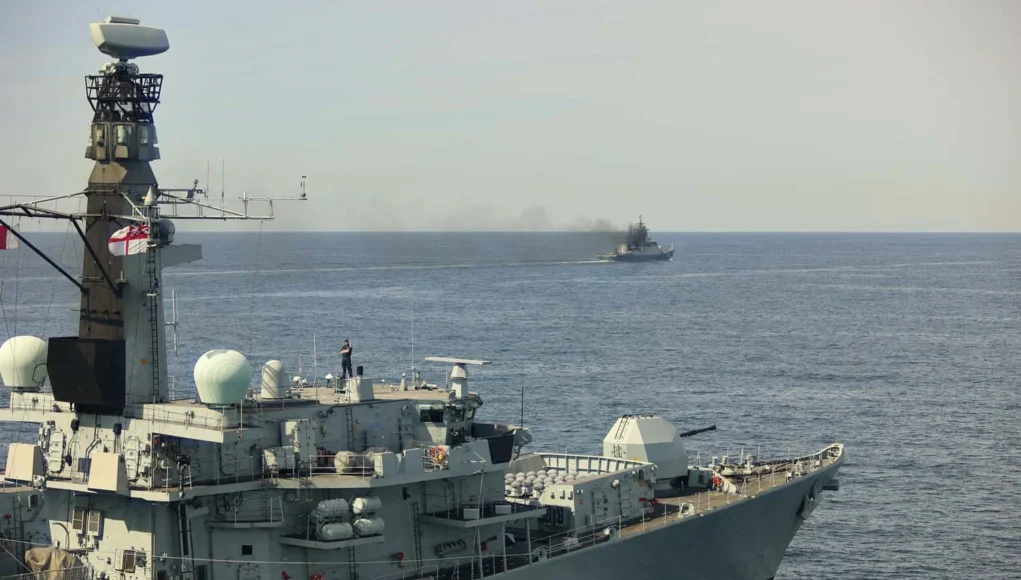
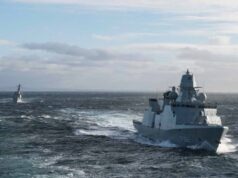
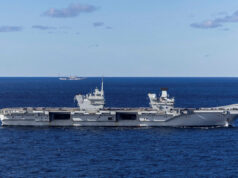
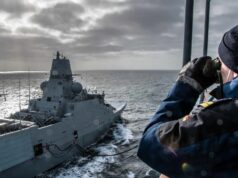
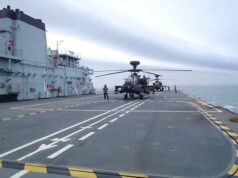

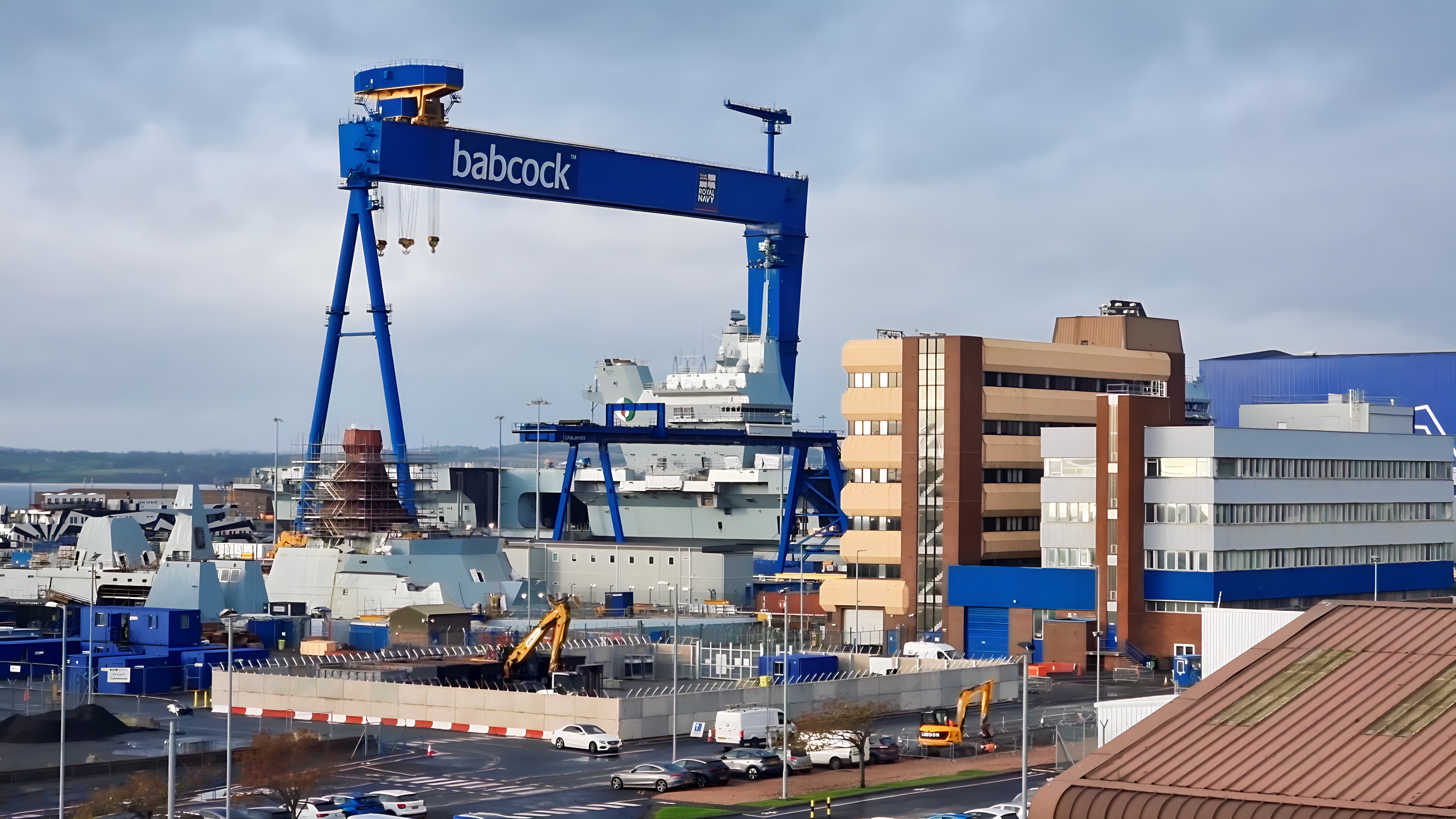
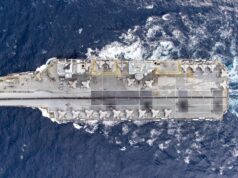

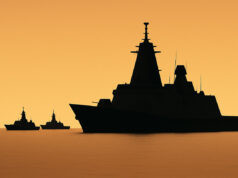
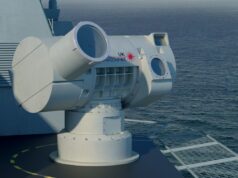

Five ships but only two are warships and those are just corvettes.
We can call off the invasion alarm 😀
Welcome to the modern Russian fleet, with only just slightly more blue water ships than the Royal Navy spread across multiple fleets all unable to support one another and only 3 hulls that weigh more than 5,000 having been built since 1990’s – almost makes our naval procurement system look gold plated – padded out with glorified missile boats and corvettes without significant defensive countermeasures.
Back in my day during the 1960s and 70s we could have mached them ship for ship and made them realy think twice about coming so close to UK waters, but, that was when we had a Navy
I think the issue here is you have to separate out the events around required passage and Russia probing the UK and Northern Europe… a corvette escorting Russian logistics vessels is passage.. a Russian warship moving through the North Sea and down through the channel is passage.. a Russian ISTAR vessel loitering around pretending passage or a “science” vessel poking around sub surface infrastructure is a concern as are live fire exercises in our or allied EEZ or close to choke pionts etc.
Next.
Can these Steregushchiy-class corvettes manage a return trip to Dover from Murmansk?
I still say the UK needs to go back to an RN Coastal Forces with updated MGB/MTBs to protect home seas.
Wouldn’t you go for one of the Damen range of inshore OPVs; replace the Archers perhaps?
Nope. Too big.
I would go for something smaller, faster and rammed full of fighty stuff (50-Cals, Bofors, Stingrays, ASMs, SAMs), dispersed in ports around the UK coast. Sort of thing to re-invigorate UK small-ship shipbuilding and give a local focus for RN recruitment. Think more like the old Vosper-Thorycroft-type of stuff.
If you want to get a bit more adventurous and give coverage in other theatres, I would also go for a blue-ocean “mothership” carrying say 4x of these coastal forces MGBs.
These would look fantastic, and not saying they wouldn’t have a role, but isn’t the high priority ‘coastal’ threat from subs and undersea drones cutting cables and threatening the UK with sub launched cruise missiles?
Part of their job could be to patrol in-shore/esturary to identify enemy divers and small submersibles. Equip with basic Sonar and a few nice big depth charges and Hedgehog-type system.
Anyone else notice The CO on top of the bridge?
There is an even better picture in the article at Navy Lookout.
Its the exact same picture
Russian giving out so much smoke it looks like it’s on fire.
Stealth screening, its a Klingon cloak.
How are these operations, which have happened for years, and meat and drink for the FRE, if one is available, and other assets, part of the governments “plan for change”?
JMSC monitors this stuff as standard, liaising with NATO allies and C Ops at Northwood. NATO is aware of these ships from the moment they leave the Kola or when they’re in the Med.
What change? The only change is that the assets get fewer by the year.
At least we went a proper frigate this time!
We don’t need radar to to track them, the bellowing black smoke can be seen for miles away.
They need way more boats.
Need some on-shore ASM installations all around the coast. Ukraine could lend the UK some Neptunes – That would make them think twice.